What is dolomite
Dolomite or dolostone is a carbonate sedimentary rock containing more than 50% by weight of the mineral dolomite. Dolomite rock may contain calcite, but the content of calcite should not exceed 10% of the calcite-dolomite pair’s content3.
Naming problems of dolomite
There is a considerable amount of confusion over the name of this rock. The problem is that dolomite is both mineral and a rock type. Hence, many geologists prefer to name the rock a dolostone (term proposed in 1948). This usage, however, has met stiff resistance. The main reason for that seems to be the fact that the rock type got its name well before the mineral and should therefore be given a precedence. Dolomite as a rock type was first described in 1791 by a French geologist Déodat de Dolomieu who investigated samples from the Italian Alps2.
Dolomite rock has been called “dolomites” (in plural), especially in the literature published before 1990, but the term “dolomites” should be used only for different types of dolomite4. Glossary of Geology, published by the American Geological Institute, does not recommend “dolostone” and even says that this term is obsolete3. Hence, I decided to avoid “dolostone” here and named the article “dolomite rock” to differentiate it from the mineral.
Three types of dolomite
Three types of dolomite rock can be distinguished. The most common type of dolomite rock is a former limestone that was dolomitized. These dolomite rocks are often referred to as secondary dolomites, especially in the older literature. Dolomitization means that calcium carbonate (minerals aragonite or calcite — the main constituent of limestone) were replaced by calcium magnesium carbonate (mineral dolomite) through the action of magnesium-bearing water percolating the limestone or limy mud. Dolomite may precipitate out of aqueous solutions (sandstones with a dolomitic cement) and some dolomitic rocks are so-called primary dolomites. These were formed in lagoons where dolomite directly precipitates out of saline seawater, but such dolomites are much rarer than previously thought4. Primary dolomite deposition is known only from few cases of Holocene (last 12,000 years) age. It is possible that primary dolomites were somewhat more widespread in the past, but this hypothesis is difficult to prove or reject because of later diagenetic (processes affecting sediment after deposition) overprinting of original material2. However, it seems very hard to believe that primary dolomite deposition was once the dominant way how dolomitic rocks were formed because laboratory experiments have shown that dolomite does not precipitate from aqueous solutions at the atmospheric conditions (pressure 1 atm, temperature below 60 °C)4.
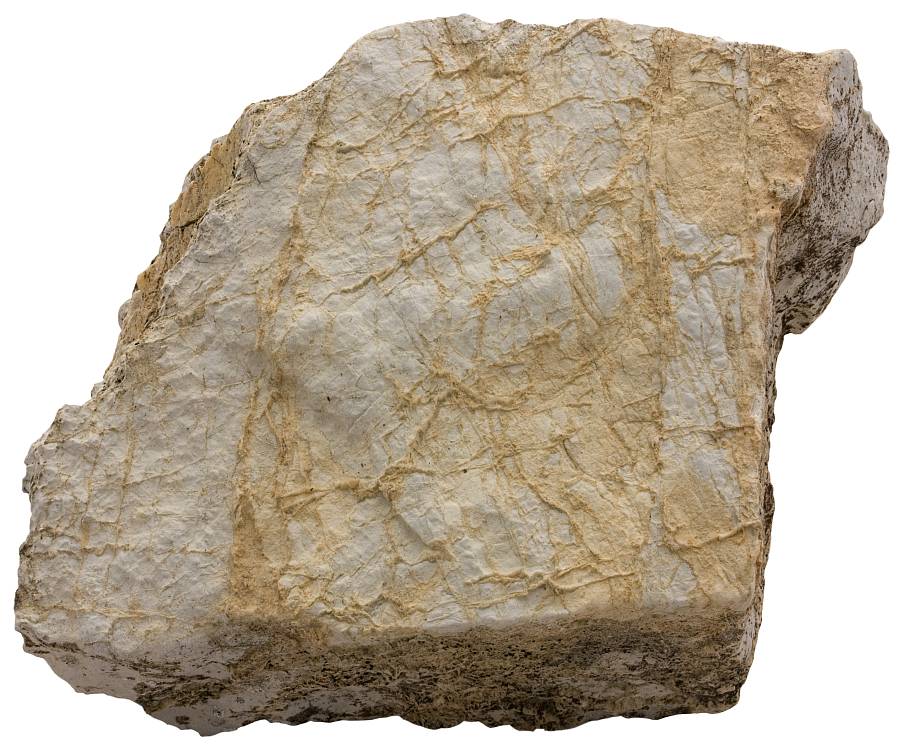
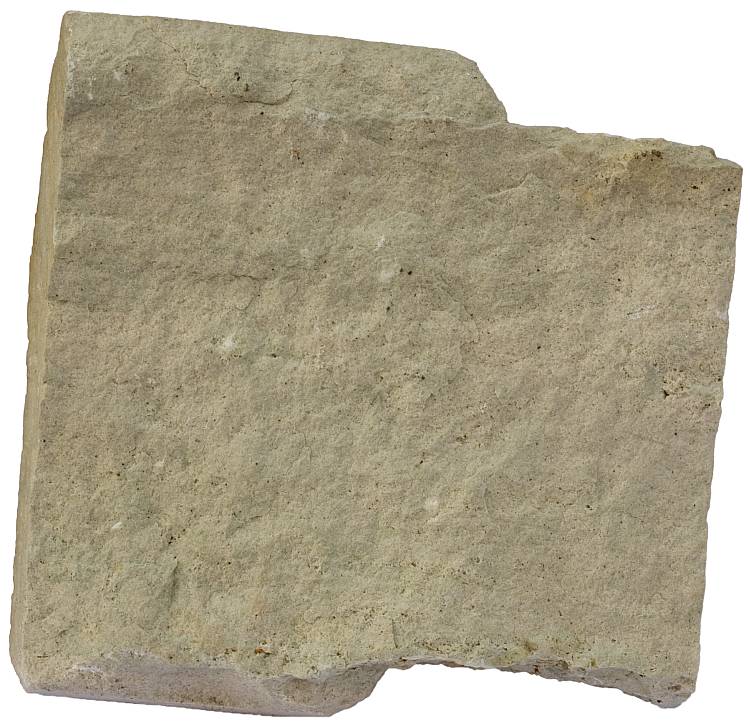
Porosity
Dolomite rocks are important oil reservoir rocks because average dolomite has usually higher porosity than limestone. This difference is generally believed to be the result of dolomite being denser mineral than calcite. Note that this is not because magnesium (atomic number 12) is heavier than calcium (atomic number 20). Despite the opposite being true: calcium is heavier than magnesium, dolomite (2.85) is still denser than calcite (2.71). Hence, the atoms in the lattice of dolomite have to be more tightly packed and consequently one mole of dolomite takes less room than one mole of calcite. If original limestone gets replaced by dolomite rock, pore space is therefore expected to increase. However, this explanation (for the higher porosity of dolomite rock) has been challenged. According to a paper published in the Special Publication of the Geological Society of London, the explanation is that limestones lose porosity through compaction and cementation, whereas dolostones resist compaction and retain much of their porosity5.
Occurrence
Dolomite rock is a very common sedimentary rock, especially older carbonate rocks (formed before the Mesozoic) tend to be dolomites whereas younger carbonates are predominantly various limestones. Dolomite is usually very similar to limestone and the two are often indistinguishable in the field. Geologists usually carry small bottles of dilute hydrochloric acid to test carbonate rocks. Limestone (calcium carbonate) is strongly effervescent in acid, but dolomite reacts very weakly. Another way to differentiate between them is to use alizarin red S which turns calcite bright red, but does not affect dolomite.
Why fossils in dolomite are rare
Dolomite rock may contain significant amount of silicate minerals (quartz, clay minerals), sulfides (especially pyrite), and evaporites (or their replacements). Dolomites may contain fossils, but they are usually poorly preserved because of diagenetic overprinting. Most fossils of original limestones become obliterated during the dolomitization.
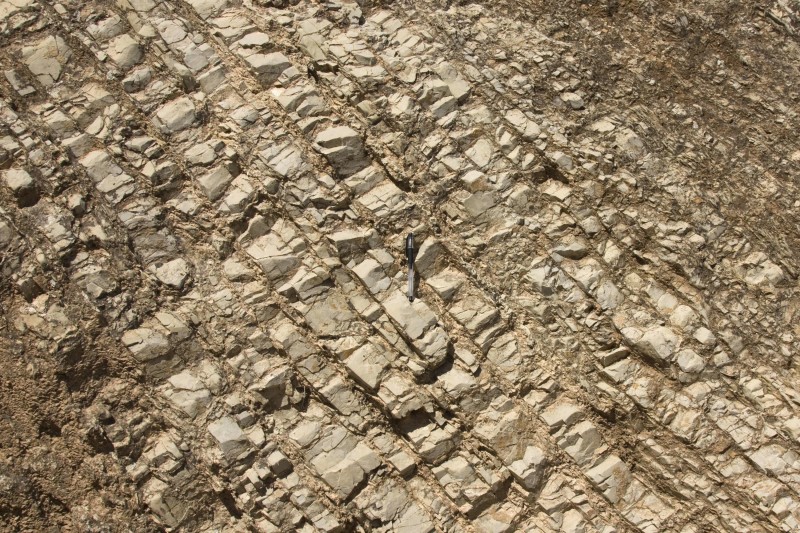
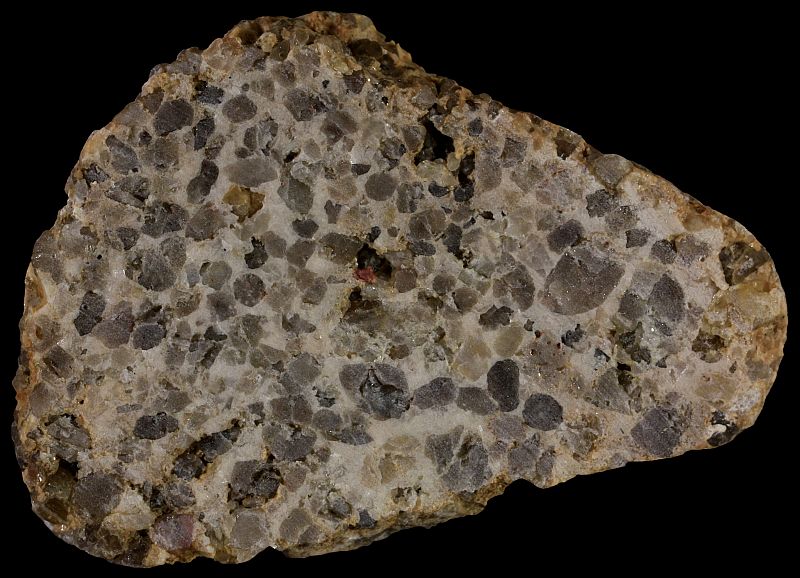
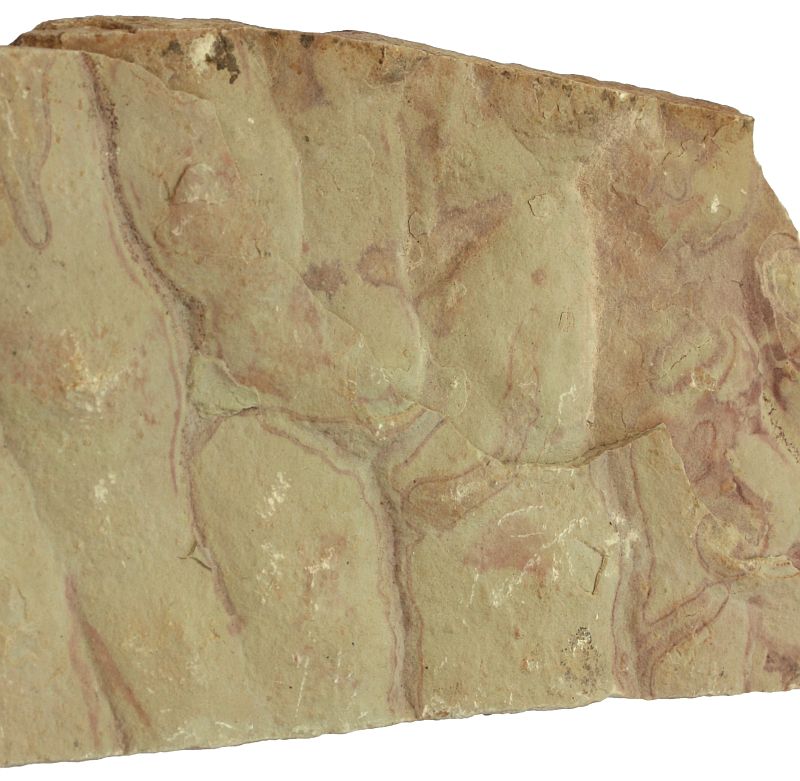
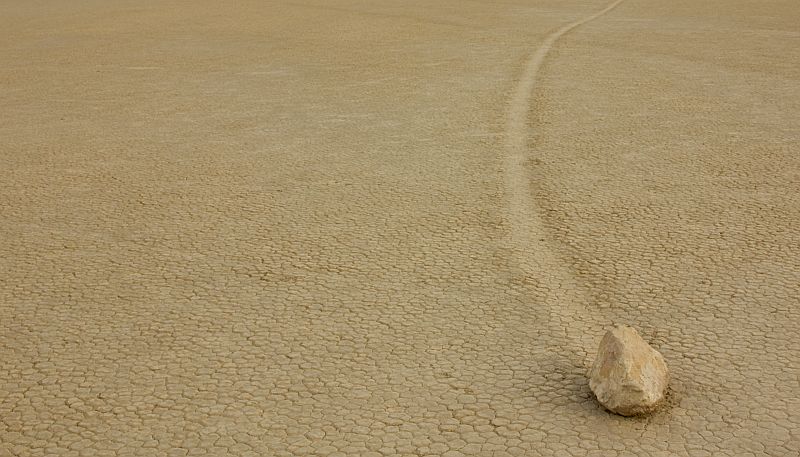
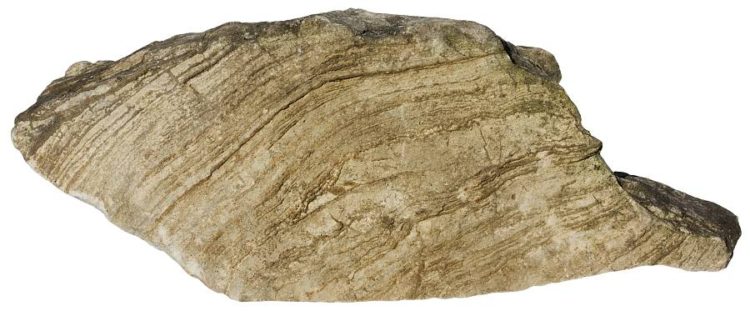
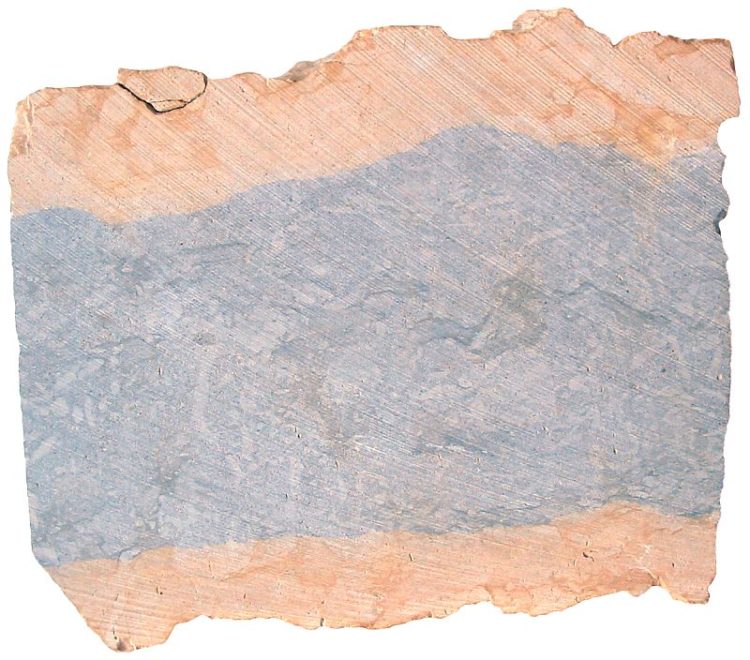
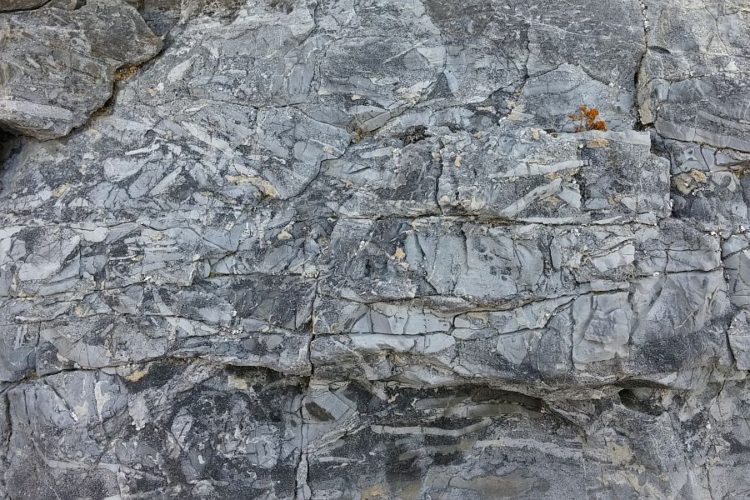
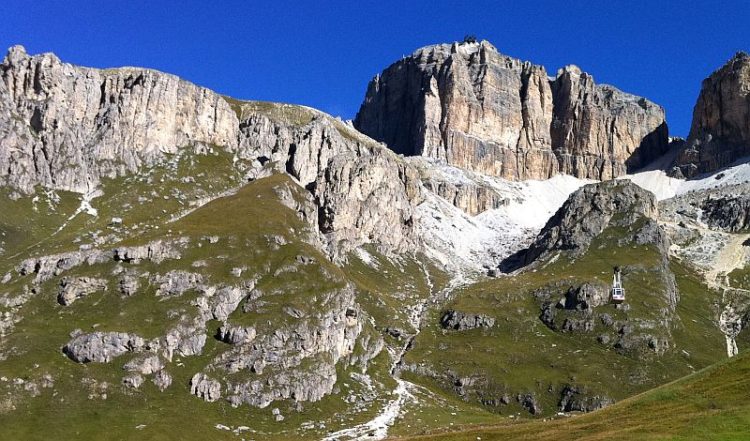
You may also like
References
1. Baker, Paul A. (2007). Dolomite rock. In: McGraw Hill Encyclopedia of Science & Technology. 10th Edition. McGraw-Hill. Volume 5. 654-655.
2. Machel, Hans G. (2004). Dolomites. In: Encyclopedia of Geology, Five Volume Set. Academic Press. 654-655
3. Jackson, J. A. (1997). Glossary of Geology, 4th Edition. American Geological Institute.
4. Machel, Hans G. (2003). Dolomites and dolomitization. In: Encyclopedia of Sediments & Sedimentary Rocks (Ed. Middleton, V.). Springer. 234-241.
5. Lucia, F. Jerry (2004). Origin and petrophysics of dolostone pore space Geological Society, London, Special Publications DOI: 10.1144/GSL.SP.2004.235.01.06

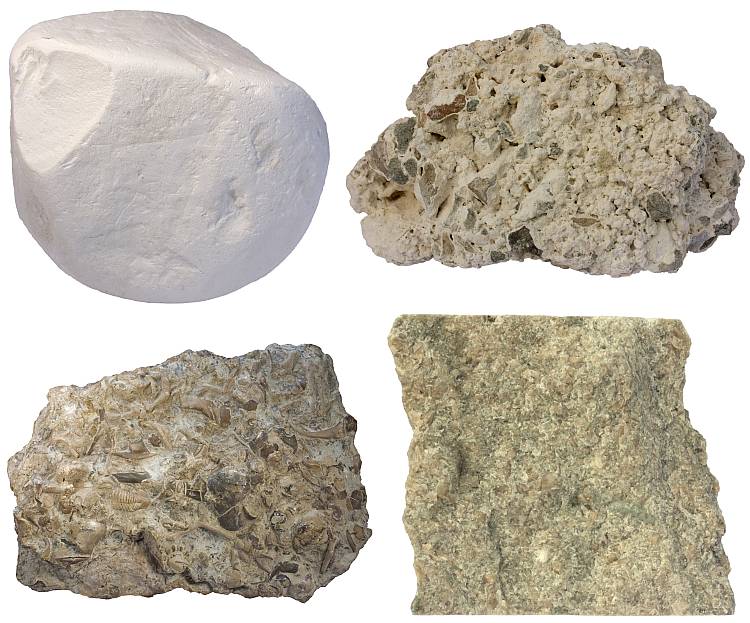
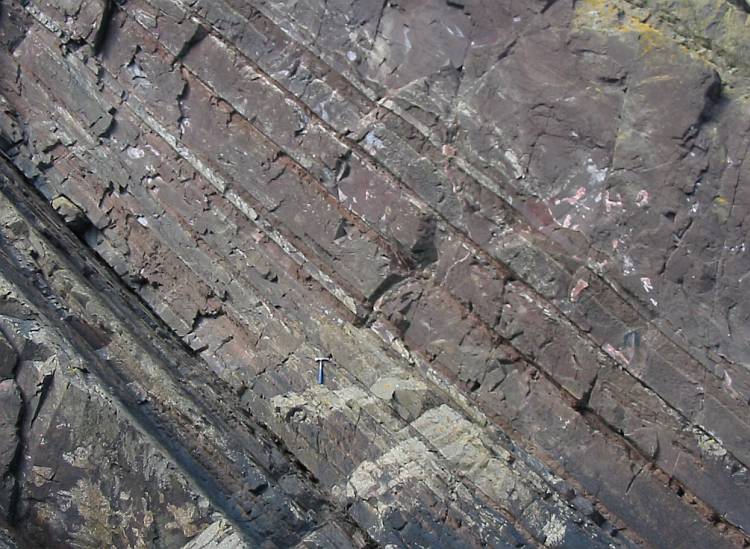
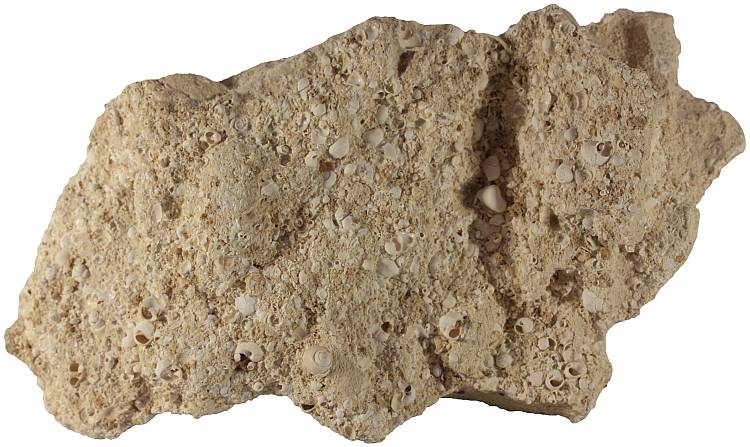
I never know there are so many kinds of rocks. They are beautiful.
I’d like to know the hardness of dolomite.
In Wisconsin we have many places where erosion has left “pillars” where dolomite caps softer limestone.
is dolomite sedimentary? Or what? Or when?
I’d like to know the hardness of dolomite.
In Wisconsin we have many places where erosion has left “pillars” where dolomite caps softer limestone.
is dolomite sedimentary? Or what? Or when? Hardness compared to quartz.